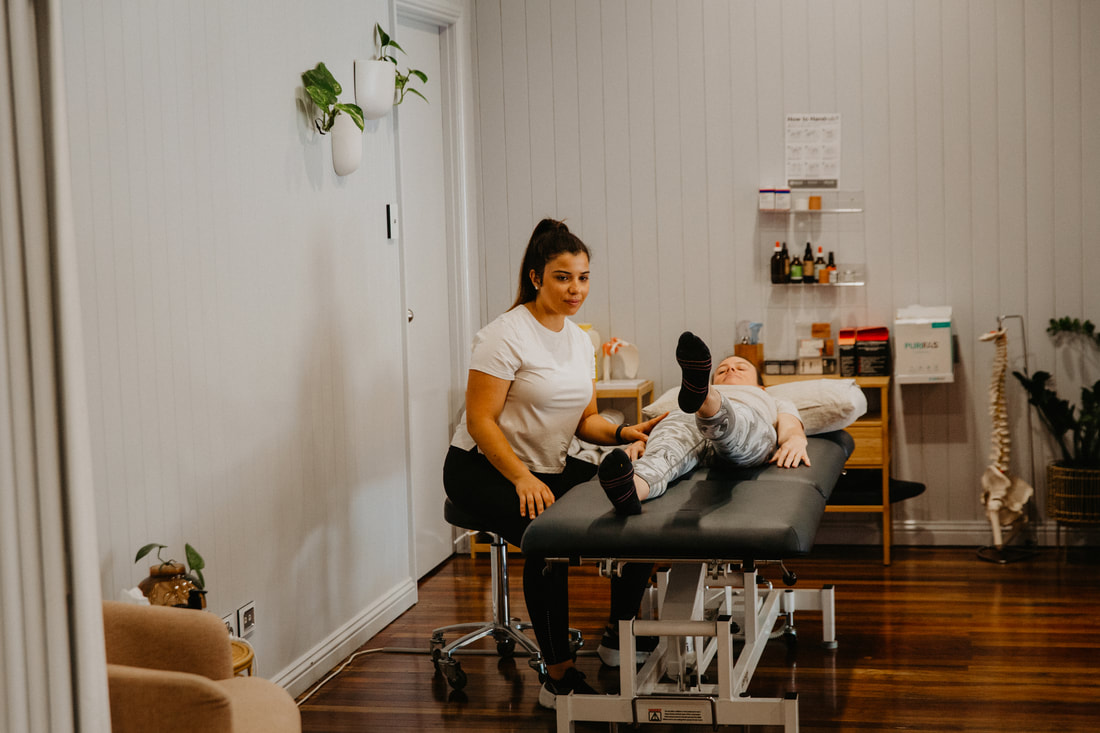Flat Feet Physiotherapy Brisbane southside.
What are Flat Feet?
Flat feet, medically known as pes planus, is a common condition where the arches of one or both feet collapse and the sole of the foot comes into near-full contact with the ground. While some people with flat feet may not experience any symptoms, others may have pain, discomfort, or other related issues.
What are the different types of Flat Feet?
What causes Flat Feet?
Flat feet can result from various factors, including:
What are the symptoms of Flat Feet?
Flat feet may be asymptomatic for some individuals, but others may experience:
How are Flat Feet diagnosed?
A healthcare provider, orthopaedic specialist, or podiatrist can diagnose flat feet through a physical examination, medical history review, and possibly imaging tests like X-rays to assess the structure of the feet.
What is the treatment for Flat Feet?
Treatment for flat feet depends on the severity of symptoms and their impact on daily life. Common approaches may include:
How are Flat Feet prevented?
While flat feet may have a genetic component, there are steps you can take to promote foot health and reduce the risk of developing related symptoms:
How can physiotherapy help with Flat Feet?
Physiotherapy can play a significant role in managing flat feet (pes planus) by addressing associated symptoms, improving foot function, and providing strategies to reduce pain and discomfort. Here's how physiotherapy can help with flat feet:
If you or a loved one has questions about Fat Feet and how our physiotherapists might be able to help please call us on 07 3706 3407 or email [email protected]. We would love to work with you!
Flat feet, medically known as pes planus, is a common condition where the arches of one or both feet collapse and the sole of the foot comes into near-full contact with the ground. While some people with flat feet may not experience any symptoms, others may have pain, discomfort, or other related issues.
What are the different types of Flat Feet?
- Flexible Flat Feet: This is the most common type of flat feet. The arch appears normal when you're sitting or on your toes, but it flattens when you stand.
- Rigid Flat Feet: In this less common type, the arch remains flattened both when sitting and standing. Rigid flat feet may be associated with other foot abnormalities or conditions.
What causes Flat Feet?
Flat feet can result from various factors, including:
- Genetics: Family history or congenital conditions can play a role in the development of flat feet.
- Muscular Weakness: Weakness or imbalance in the muscles supporting the arches of the feet can contribute to flat feet.
- Injuries: Trauma or injuries to the feet can lead to flat feet.
- Aging: Over time, the tendons and ligaments in the feet can weaken and contribute to flat feet.
- Medical Conditions: Certain medical conditions, such as rheumatoid arthritis, obesity, and diabetes, may increase the risk of flat feet.
What are the symptoms of Flat Feet?
Flat feet may be asymptomatic for some individuals, but others may experience:
- Pain or discomfort in the arches, heels, or ankles.
- Swelling along the inside of the ankle.
- Overpronation, which can lead to instability and increased risk of injury.
- Foot fatigue, particularly with prolonged standing or walking.
- A feeling of heaviness or cramping in the feet.
How are Flat Feet diagnosed?
A healthcare provider, orthopaedic specialist, or podiatrist can diagnose flat feet through a physical examination, medical history review, and possibly imaging tests like X-rays to assess the structure of the feet.
What is the treatment for Flat Feet?
Treatment for flat feet depends on the severity of symptoms and their impact on daily life. Common approaches may include:
- Footwear: Wearing supportive shoes with good arch support and cushioning can help alleviate discomfort and improve stability.
- Orthotic Devices: Custom-made or over-the-counter orthotic insoles can be used to provide additional arch support and alignment.
- Physical Therapy: A physical therapist can design an exercise program to strengthen the muscles and improve foot function, stability, and flexibility.
- Stretching: Specific stretches can help relieve tension and discomfort in the calf muscles and Achilles tendon.
- Medications: Over-the-counter pain relievers or anti-inflammatory medications may be recommended to manage pain and inflammation.
- Weight Management: Maintaining a healthy weight can reduce the stress on the feet.
- Rest and Elevation: Resting the feet and elevating them when swollen can help reduce discomfort.
How are Flat Feet prevented?
While flat feet may have a genetic component, there are steps you can take to promote foot health and reduce the risk of developing related symptoms:
- Choose supportive footwear with good arch support.
- Maintain a healthy weight to reduce stress on the feet.
- Perform regular foot and ankle exercises to strengthen muscles.
- Stretch the calf muscles and Achilles tendon regularly.
- If you experience pain or discomfort, consult a healthcare provider or podiatrist for proper evaluation and guidance.
How can physiotherapy help with Flat Feet?
Physiotherapy can play a significant role in managing flat feet (pes planus) by addressing associated symptoms, improving foot function, and providing strategies to reduce pain and discomfort. Here's how physiotherapy can help with flat feet:
- Assessment and Diagnosis: A physiotherapist will conduct a thorough evaluation to assess the extent of your flat feet and identify any related issues, such as muscle imbalances, joint stiffness, or gait abnormalities. This assessment helps determine the most appropriate treatment plan.
- Customized Exercise Programs: Physiotherapists can design personalised exercise programs that target specific muscle groups in the feet, ankles, and lower legs. These exercises aim to strengthen the muscles that support the arches of the feet and improve overall foot function. Common exercises may include:
- Arch-strengthening exercises.
- Toe flexor and extensor exercises.
- Ankle-strengthening exercises.
- Calf muscle stretches to improve flexibility.
- Orthotic Prescriptions: Physiotherapists can assess the need for orthotic devices, such as custom-made or over-the-counter insoles, to provide additional arch support and improve foot alignment. These orthotics can help distribute pressure more evenly across the foot and reduce discomfort.
- Gait Analysis: A physiotherapist can conduct a gait analysis to identify any abnormal walking patterns or overpronation (excessive inward rolling of the feet). They can then provide guidance on correcting these issues through specific exercises and gait modifications.
- Manual Therapy: Hands-on techniques, such as joint mobilisation and soft tissue manipulation, may be used to improve joint mobility and reduce stiffness in the feet and ankles.
- Pain Management: Physiotherapists can employ various pain management techniques, such as heat or cold therapy, ultrasound, or electrical stimulation, to alleviate pain and inflammation associated with flat feet.
- Education: Physiotherapists can educate you about proper footwear choices, foot care, and techniques for maintaining good posture and foot alignment. They can also provide guidance on lifestyle modifications to reduce the impact of flat feet on your daily activities.
- Monitoring and Progress Evaluation: Throughout your treatment, a physiotherapist will closely monitor your progress and make adjustments to your exercise program or treatment plan as needed to ensure you are on track to achieve your goals.
If you or a loved one has questions about Fat Feet and how our physiotherapists might be able to help please call us on 07 3706 3407 or email [email protected]. We would love to work with you!
Who to book in with:
Yulia Khasyanova
|
Monica Hanna
|
Emma Cameron
|



